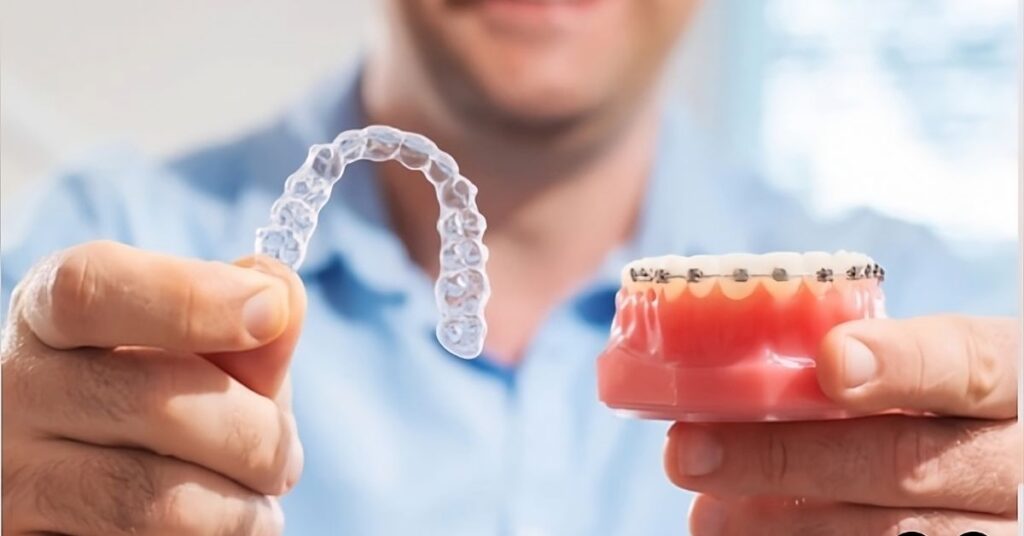
Understanding Braces and Invisalign
Braces and Invisalign are two popular orthodontic treatments designed to correct teeth alignment and improve dental health. Braces use metal or ceramic brackets and wires to gradually move teeth into the desired position, making them effective for a wide range of dental issues, including severe misalignments. Invisalign, on the other hand, employs a series of clear, removable aligners made from thermoplastic material. These aligners offer a more discreet and comfortable alternative, particularly suited for mild to moderate dental corrections. Both options aim to enhance your smile and overall oral health, but the choice between them depends on individual needs and lifestyle preferences.
The Growing Popularity of Braces and Invisalign
Historical Background of Braces in Orthodontics
Introduction and Adoption of Invisalign as an Alternative
Statistics and Trends in Orthodontic Treatment Choices
Braces: Pros and Cons
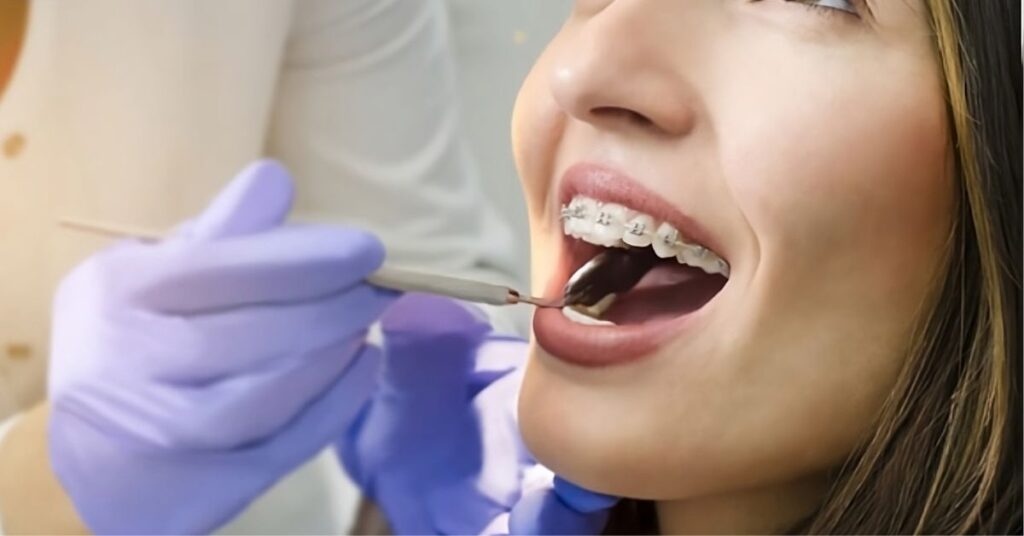
Braces: The Traditional Orthodontic Option
Effectiveness of Braces in Correcting Complex Dental Issues
Cost-Effectiveness Compared to Other Treatment Options
Range of Braces Types and Materials
Advantages of Braces
Ideal for Severe Teeth Misalignment
Ability to Address Various Bite Issues
Minimal Compliance Required from Patients
Drawbacks of Braces
Visible Appearance and Impact on Aesthetics
Potential Discomfort and Irritation
Longer Treatment Duration in Some Cases
Invisalign: Pros and Cons
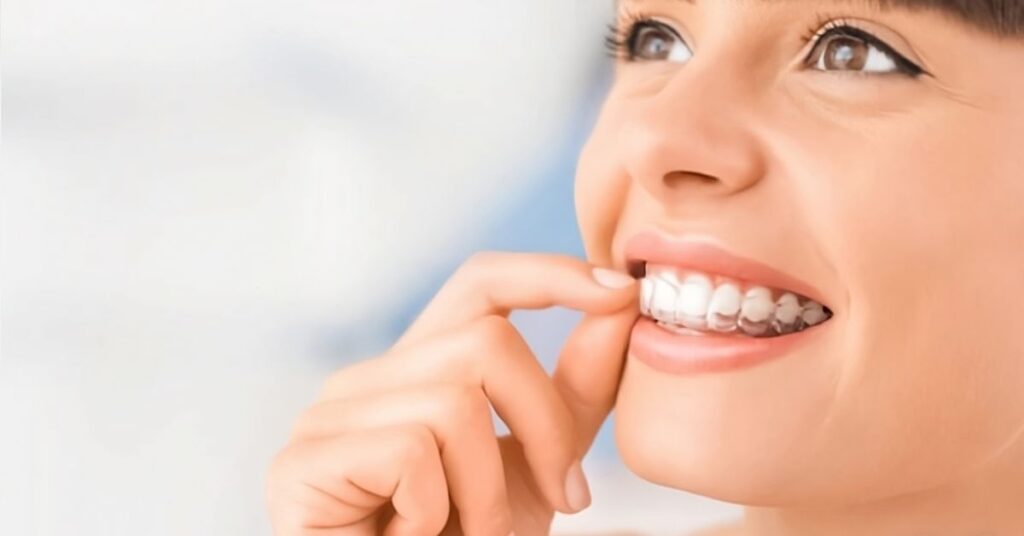
Invisalign offers several advantages, including its nearly invisible appearance, which makes it a popular choice for those seeking a discreet orthodontic treatment. The aligners are removable, allowing for easier eating, brushing, and flossing compared to traditional braces. Additionally, Invisalign tends to be more comfortable, as it lacks the metal brackets and wires that can cause irritation. However, there are some drawbacks. Invisalign may not be suitable for severe orthodontic issues and requires strict adherence to wearing the aligners for 20-22 hours a day to be effective. It can also be more expensive than traditional braces. Ultimately, the choice between Invisalign and other orthodontic treatments should be made in consultation with a dental professional to ensure the best outcome for your specific needs.
Invisalign: The Clear Aligner Revolution
How Invisalign Works with Transparent Aligners: Invisalign works by using a series of custom-made, clear aligners to gradually move teeth into their desired positions. During an initial consultation, a digital scan of your teeth is taken to create a personalized treatment plan. Each set of aligners is designed to apply precise pressure on specific teeth, guiding them into alignment over time. The aligners are typically worn for 20-22 hours a day and are changed every one to two weeks.
Computer-Aided Design (CAD) Technology in Treatment Planning
Customization and Personalization for Individual Patients
Advantages of Invisalign
Discreet and Virtually Invisible Treatment
Removable Aligners for Ease of Eating and Cleaning
Shorter Treatment Time in Some Cases
Drawbacks of Invisalign
Limited Suitability for Complex Dental Issues
Compliance and Responsibility of Wearing Aligners
Cost Considerations Compared to Braces
Braces vs. Invisalign: Comparing Effectiveness

Addressing Different Orthodontic Needs
Conditions Suitable for Braces Treatment
Conditions Suitable for Invisalign Treatment
Which Option is Best for Specific Dental Problems
Effectiveness in Teeth Alignment
The effectiveness of aligners in teeth alignment is well-documented, making them a popular choice for orthodontic treatment. Aligners, such as Invisalign, use a series of custom-made, clear plastic trays that gradually shift teeth into their desired positions. Each set of aligners is worn for about two weeks before moving on to the next set, allowing for precise and controlled tooth movement. This method is not only effective for minor adjustments but also for more complex dental issues, including overcrowding, gaps, and bite problems. The clear design of aligners makes them a discreet option, and their removability allows for easier maintenance of oral hygiene compared to traditional braces. With consistent wear and proper care, aligners can achieve significant improvements in teeth alignment, often within a shorter timeframe than conventional braces.
3of10responses
Achieving Desired Results with Braces
Achieving Desired Results with Invisalign
Success Rates and Patient Satisfaction
Choosing Between Braces and Invisalign
When choosing between braces and Invisalign, it’s important to consider your specific dental needs, lifestyle, and personal preferences. Braces are highly effective for treating complex orthodontic issues and are generally more affordable. However, they are more noticeable and can cause discomfort due to metal brackets and wires. Invisalign, on the other hand, offers a nearly invisible and removable option, making it easier to maintain oral hygiene and enjoy your favorite foods. It is particularly suitable for mild to moderate dental corrections but requires strict adherence to wearing the aligners for most of the day. Consulting with an orthodontic specialist can help you determine the best treatment option to achieve a healthy, beautiful smile.
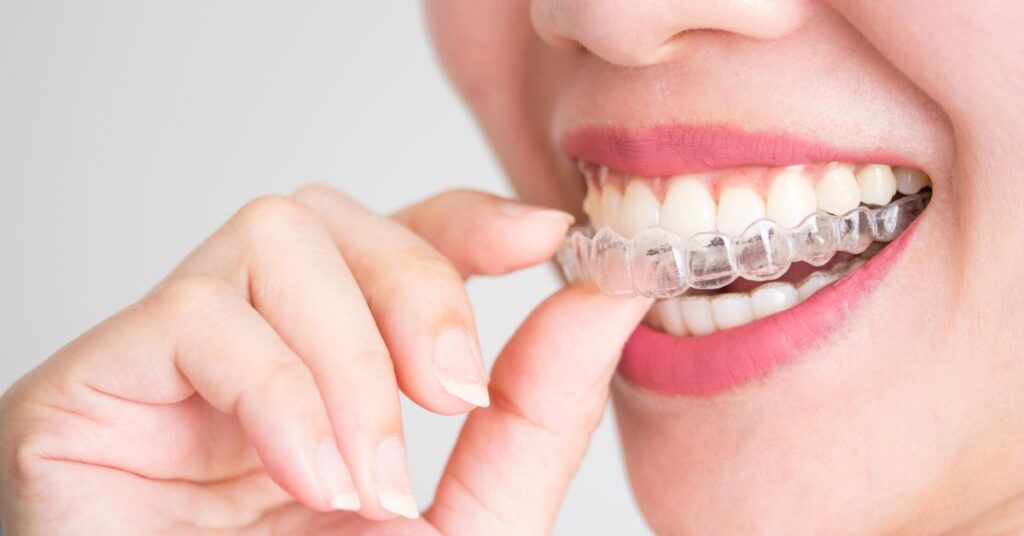
Factors to Consider in Decision-Making
Severity of Orthodontic Issues
Patient’s Lifestyle and Daily Habits
Budget and Insurance Coverage
Professional Recommendation and Consultation
Evaluation by Orthodontic Specialists
Discussion of Treatment Options and Expectations
Informed Decision-Making Process
Oral Hygiene and Maintenance
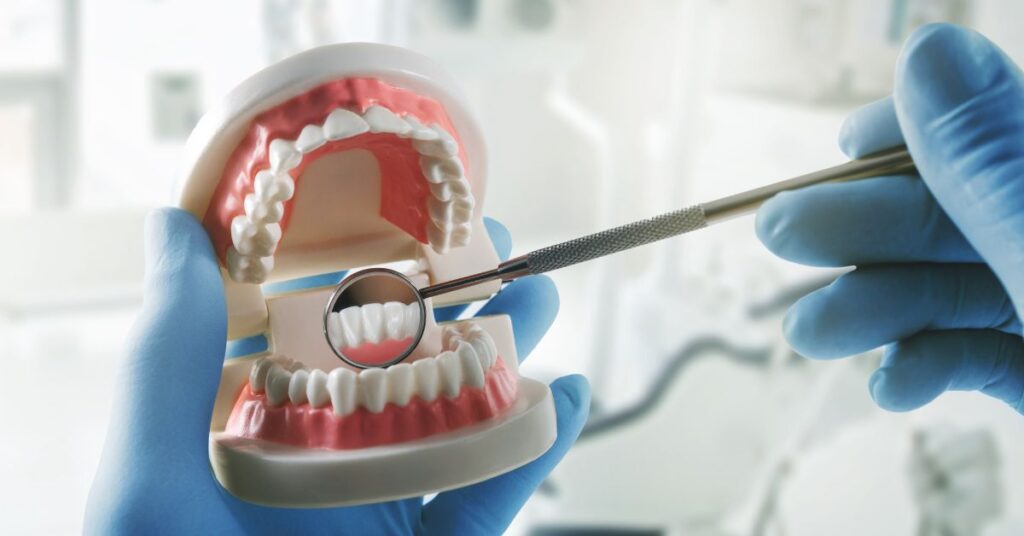
Oral Hygiene with Braces
Special Care for Cleaning Around Brackets and Wires
Preventing Cavities and Gum Problems
Dental Check-Ups and Adjustments
Oral Hygiene with Invisalign
Cleaning Aligners Properly and Regularly
Properly and regularly cleaning your aligners is crucial for maintaining oral hygiene and ensuring the effectiveness of your orthodontic treatment. To keep your aligners in top condition, rinse them with lukewarm water every time you remove them to eliminate saliva and debris. Brush them gently with a soft-bristled toothbrush and clear, unscented soap at least once a day, avoiding toothpaste as it can be abrasive. Additionally, soak your aligners daily in a cleaning solution, such as Invisalign cleaning crystals or a mixture of water and hydrogen peroxide, for a deeper clean. For a thorough weekly clean, use cleaning tablets or an ultrasonic cleaner to remove plaque and bacteria. Always handle your aligners with clean hands and store them in a protective case when not in use to keep them safe and hygienic.
Maintaining Oral Health During Treatment
Follow-Up Visits and Aligner Changes
Potential Discomfort and Adaptation
Discomfort with Braces
Initial Soreness and Adjusting to Brackets
Managing Irritation and Mouth Sores
Tips for Comfort During Treatment
Adaptation with Invisalign
Getting Used to Wearing Aligners
Dealing with Speech Difficulties
Coping with Aligner Attachments and Trays
Conclusion
Both braces and Invisalign offer effective solutions for correcting teeth alignment and achieving a beautiful smile. Braces provide a time-tested method with versatility in treating complex orthodontic issues. On the other hand, Invisalign offers a discreet and convenient option, particularly for mild to moderate dental misalignments. The choice between braces and Invisalign depends on individual needs, preferences, and lifestyle considerations. Consulting with an orthodontic specialist is crucial in determining the most suitable treatment and ensuring successful outcomes. Ultimately, the end result of a confident and healthy smile makes the orthodontic journey worthwhile, regardless of the chosen treatment method.
For expert advice and personalized care, visit Sri Sanjeevini Dental to ensure your teeth alignment journey is successful.


